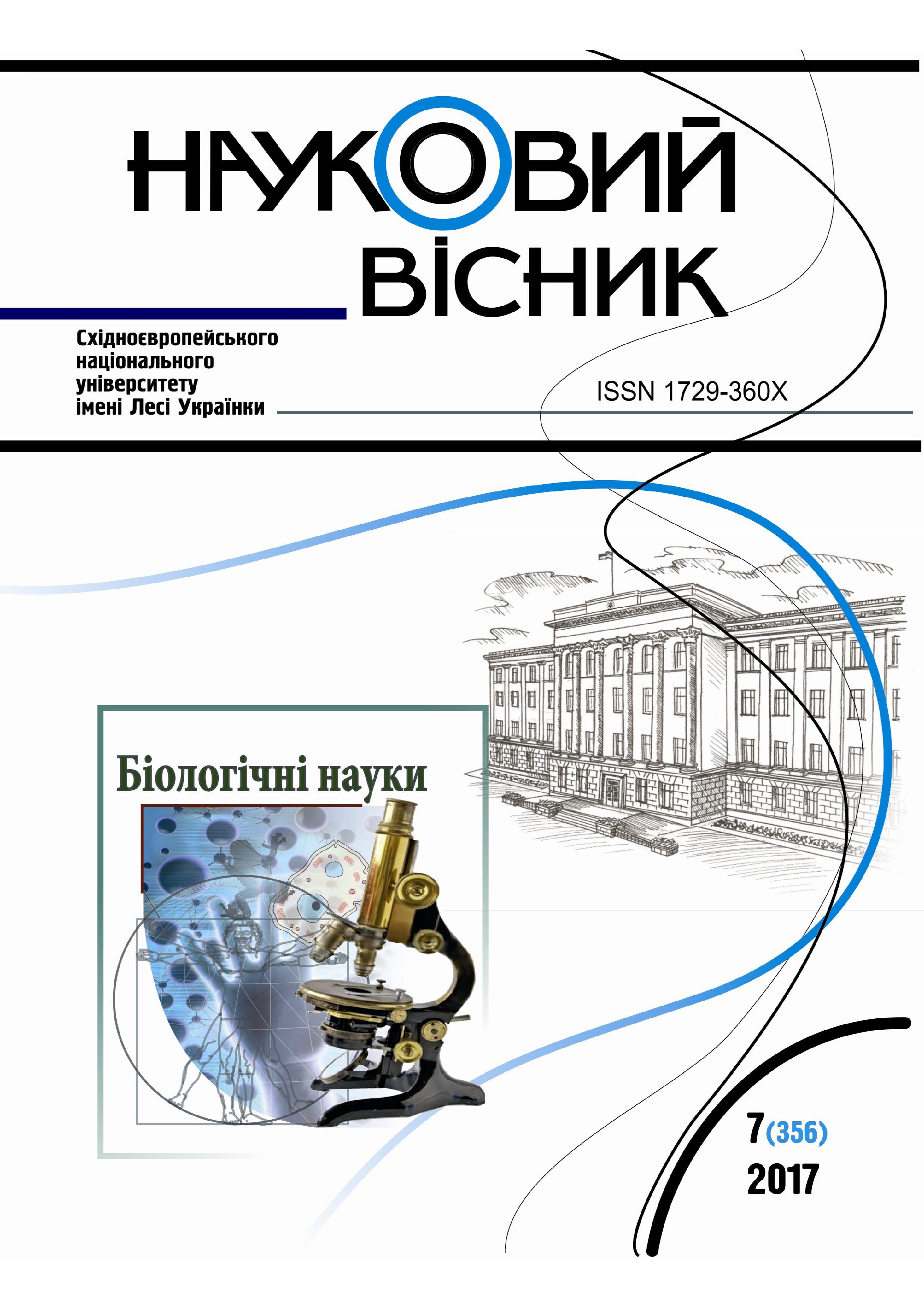Specifics of Introduction Medicinal Plants of Forest Ekotope
DOI:
https://doi.org/10.29038/2617-4723-2017-356-7-55-60Keywords:
introduction, preservation, medicinal plants, Carex brevicollis DC, Thymus serpyllum L., Malva excisa Rchb.Abstract
The results of introduction of medicinal plants requiring specific growing conditions are represented in the article. The biological features of such forest species as Carex brevicollis DC, Thymus serpyllum L. and Malva excisa Rchb are studied. These species are good breeding by seed and vegetatively in culture conditions. Carex brevicollis seeds are unpretentious to germination temperature, germinate in the range of temperatures from 10 to 35oС, the optimal temperature is 20–25oС. Spring line sowing method with 60 cm row spaces and depth of seeding up to 3 cm is the most effective for seed breeding. Autumn planting period is the best for vegetative breeding and provides 95,7 % plant preservation. Early spring planting period provides 92,8 % plant preservation. The optimum seeding depth is 12–14 cm. Cultivation of Carex brevicollis should be developed due to Carex brevicollis medical value, relict nature and limited dissemination in Ukraine. Cultivation of Carex brevicollis is possible using vegetative propagation or be sowing seeds in soil. Because of medical value, relict nature and limited in Ukraine. The optimum conditions of seed breeding for Thymus serpyllum are 1 cm depth and 15–30 cm width between rows 15–30 cm, seeding 10–20 units in each a small hole is in soil. Seeds sprout in a week, massively – in 12–15 days. Seedlings are 3–5 cm height in 25–30 days after sowing. The best time for sowing seeds to open ground is the sub winter period of sowing. Seed breeding method is long lasting and economically disadvantageous because its laboratory germination varies from 50–70 %. Vegetative reproduction method (by dividing the bush) provides the best results: a complete covering of soil and flowering in the year of planting. The optimal conditions for seed breeding of Malva excisa are planting in-row method of sowing with a 60 cm width between rows, 40 cm distance between bushes and to 3 cm depth of seeding. These conditions provide plants germinated simultaneously and necessary area of plants nourishment. In terms of type of culture is often affected by rust and pests that adversely affect the quantity and quality of raw materials as well as seeds. Rust and pests often damage species in culture conditions. This impact negatively affects on quantity and quality of raw materials as well as seeds. The research provides successful gene pool preservation of the species in ex situ conditions and is a basis for further development of cultivation technologies in order to obtain high quality pharmaceutical raw materials.





